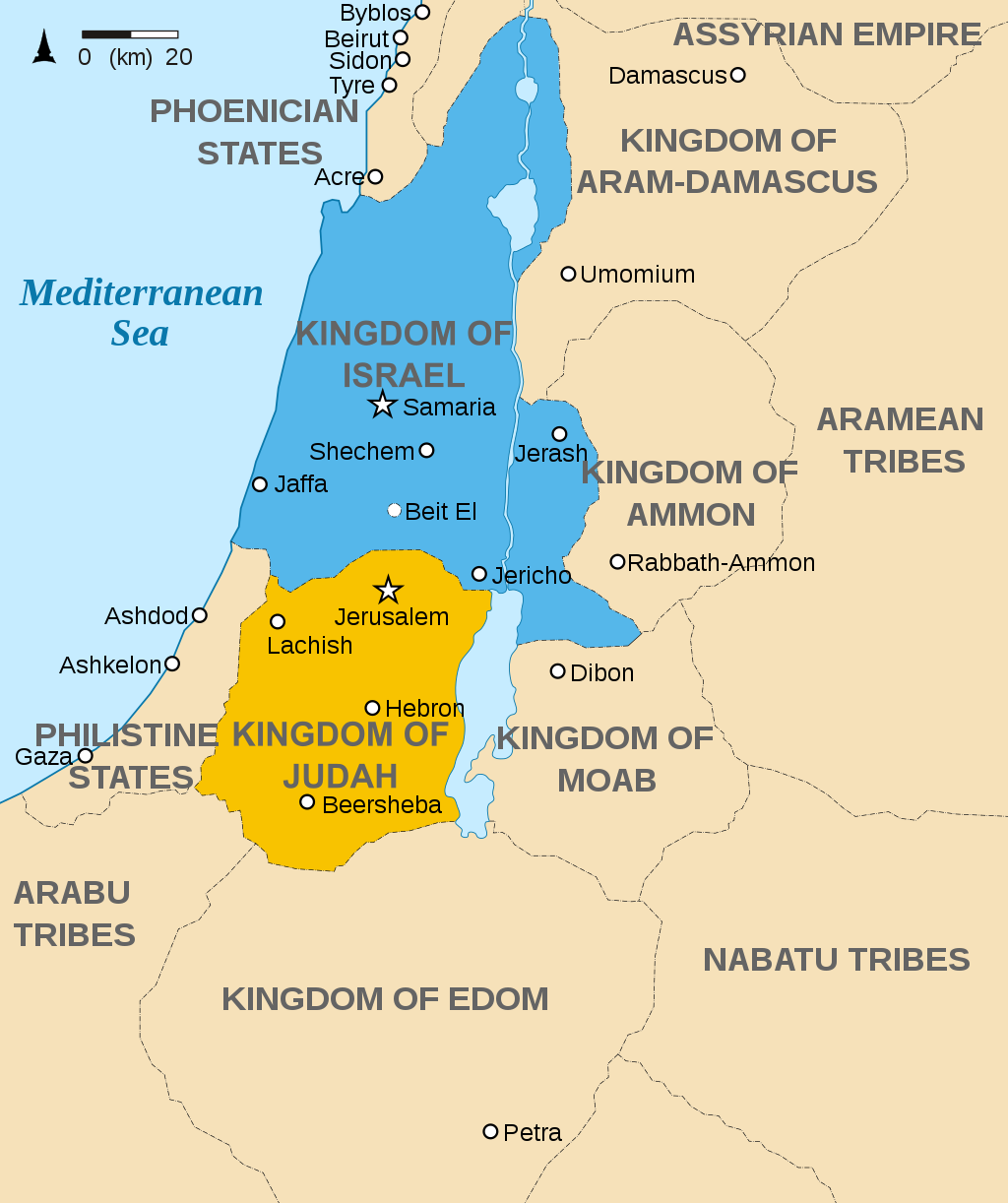Stryder50
Platinum Member
I'd like to think you are being sarcastic, but then your record here suggests otherwise.Only purebloods.
We'll do a blood test like the used to in Alabama.
Doesn't matter who sold or bought except to racists trying to defend the crimes of their White progenitors/
AND
Ask the Jews how they got to Israel?
Shouldn't they all go back to Egypt where they came from.
AND
You know, racist, you came from Africa too.
View attachment 943767
If evolution has it correct, millions of years ago humans moved out of Africa, but it would seem not all were black (negro is the term in Spanish, French, Latin, etc.) skin color. Nor had any forms of civilization back then.
............
Hisory of the Jews and the Levant ~ Israel ~'Palestine' goes back about 3,000 -4,000 years depending on who's his-story you want to accept. Jews/Hebrews have been there in varied numbers since then.
......
History
Main article: History of IsraelFor a chronological guide, see Timeline of Israeli history.
Early expansions of hominins out of Africa into the Levant, where Israel is located, dates back at least 1.5 million years based on traces found at the Ubeidiya prehistoric site,[45] while the Skhul and Qafzeh hominins, dating back 120,000 years, are some of the earliest traces of anatomically modern humans outside of Africa.[46] The Natufian culture emerged in the southern Levant by the 10th millennium BCE,[47] followed by the Ghassulian culture by around 4,500 BCE.[48]
Bronze and Iron Ages
Main article: History of ancient Israel and JudahFurther information: Canaan, Israelites, Kingdom of Israel (Samaria), and Kingdom of Judah
Early references to "Canaanites" and "Canaan" appear in Near Eastern and Egyptian texts (c. 2000 BCE); these populations were structured as politically independent, territorially based city-states.[49][50] During the Late Bronze Age (1550–1200 BCE), large parts of Canaan formed vassal states paying tribute to the New Kingdom of Egypt.[51] As a result of the Late Bronze Age collapse, Canaan fell into chaos, and Egyptian control over the region collapsed.[52][53]
A people named Israel appear for the first time in the Merneptah Stele, an ancient Egyptian inscription which dates to about 1200 BCE.[54][55][fn 5][57] Ancestors of the Israelites are thought to have included ancient Semitic-speaking peoples native to this area.[58]: 78–79 Modern archaeological accounts suggest that the Israelites and their culture branched out of the Canaanite peoples[59] through the development of a distinct monolatristic—and later monotheistic—religion centered on Yahweh.[60][61] They spoke an archaic form of Hebrew, known as Biblical Hebrew.[62] Around the same time, the Philistines settled on the southern coastal plain.[63][64]
Modern archaeology has largely discarded the historicity of the narrative in the Torah concerning the patriarchs, The Exodus and the tales of conquest in the Book of Joshua, and instead views the narrative as the Israelites' national myth.[65] However, some elements of these traditions do appear to have historical roots.[66][67][68]
There is debate about the earliest existence of the Kingdoms of Israel and Judah and their extent and power. While it is unclear if there was ever a United Kingdom of Israel,[69][70] historians and archaeologists agree that the northern Kingdom of Israel existed by ca. 900 BCE[71]: 169–195 [72] and the Kingdom of Judah by ca. 850 BCE.[73][74] The Kingdom of Israel was the more prosperous of the two and soon developed into a regional power;[75] during the Omride dynasty, it controlled Samaria, Galilee, the upper Jordan Valley, the Sharon and large parts of the Transjordan.[76] Samaria, the capital, was home to one of the largest Iron Age structures in the Levant.[77][78]
The Kingdom of Israel was destroyed around 720 BCE, when it was conquered by the Neo-Assyrian Empire.[79] The Kingdom of Judah, with its capital in Jerusalem, later became a client state of first the Neo-Assyrian Empire and then the Neo-Babylonian Empire. It is estimated that the region's population was around 400,000 in the Iron Age II.[80] In 587/6 BCE, following a revolt in Judah, King Nebuchadnezzar II besieged and destroyed Jerusalem and Solomon's Temple,[81][82] dissolved the kingdom and exiled much of the Judean elite to Babylon, beginning the Babylonian captivity.[83] The defeat was recorded in the Babylonian Chronicles.[84][85] After capturing Babylon in 539 BCE, Cyrus the Great, founder of the Achaemenid Empire, issued a proclamation allowing the exiled Judean population to return to Judah.[86][87]
....

Map of Israel and Judah in the 9th century BCE
Classical antiquity
...Late antiquity and the medieval period
...Modern period and the emergence of Zionism
...Since the existence of the Jewish diaspora, many Jews have aspired to return to "Zion".[120] The Jewish population of Palestine from the outset of Ottoman rule to the beginning of the Zionist movement, known as the Old Yishuv, comprised a minority and fluctuated in size. During the 16th century, Jewish communities struck roots in the Four Holy Cities—Jerusalem, Tiberias, Hebron, and Safed—and in 1697, Rabbi Yehuda Hachasid led a group of 1,500 Jews to Jerusalem.[121] In the second half of the 18th century, Eastern European Jews who were opponents of Hasidism, known as the Perushim, settled in Palestine.[122][123]
...
